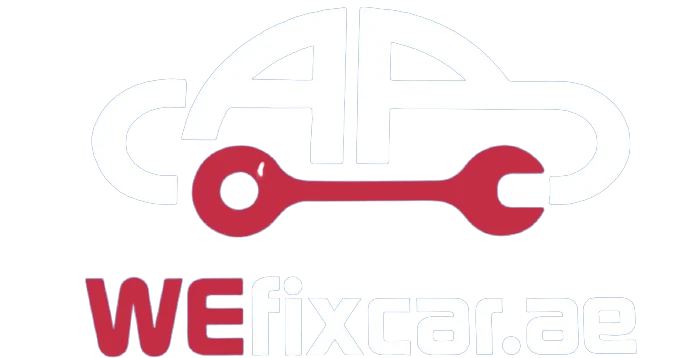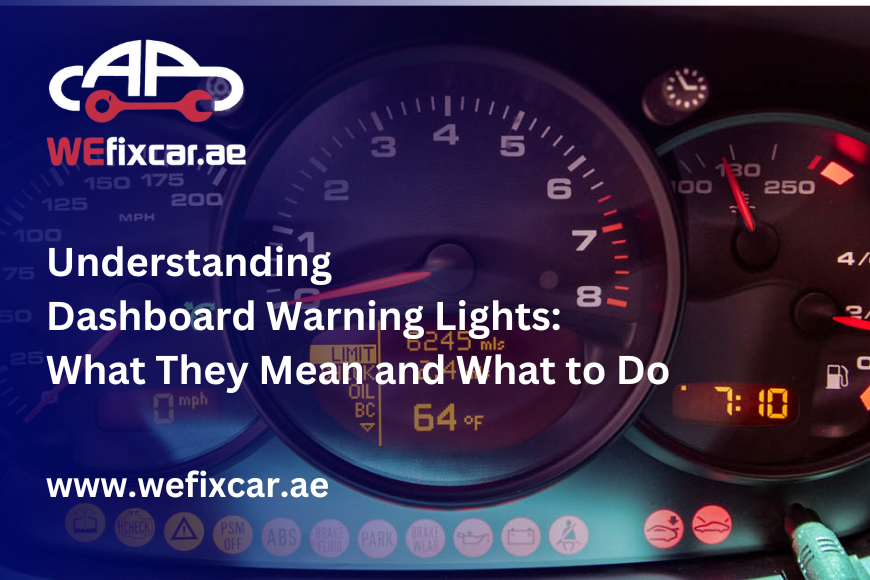Modern vehicles are equipped with a range of dashboard warning lights designed to alert drivers to potential issues or necessary maintenance. These car indicator meanings are often cryptic, leading to confusion and uncertainty. Ignoring these warnings can result in costly repairs or even a breakdown, so understanding their significance is crucial.
In this dashboard warning lights guide, we’ll break down some of the most common warning lights you may encounter, explain what they mean, and provide actionable advice on what to do if they appear. We’ll also touch on why responding promptly to these alerts is essential for the safety and performance of your vehicle.
Why Dashboard Warning Lights Matter
Dashboard warning lights are a vehicle’s way of communicating with you. These lights can indicate everything from a simple maintenance task (like an oil change) to serious engine or safety issues. The sooner you respond to these alerts, the better. Ignoring them may lead to expensive repairs or breakdowns that could have been avoided with early attention.
Common Dashboard Warning Lights and What They Mean
Let’s explore some of the most common warning lights and their meanings:
1. Check Engine Light (CEL)
What it means:
The check engine light is one of the most commonly feared dashboard warnings. It indicates that your engine management system has detected a problem, but the issue could range from a loose gas cap to a more severe problem like a malfunctioning catalytic converter.
What to do:
If the light comes on and stays steady, it’s usually safe to drive to your mechanic. However, if it starts flashing, it could indicate a serious issue, such as a misfire, that requires immediate attention. It’s best to have your vehicle diagnosed as soon as possible.
2. ABS Warning Light
What it means:
The ABS warning light signifies a problem with your anti-lock braking system. The ABS prevents your wheels from locking up during heavy braking, improving traction and control in slippery conditions.
What to do:
If the ABS light comes on, your vehicle’s braking system may not work as effectively in certain conditions. It’s important to get the issue checked out right away to ensure your car remains safe to drive. This issue may also affect your traction control system.
3. Oil Pressure Warning Light
What it means:
This light indicates that your oil pressure is low, which could be caused by a low oil level, a leak, or a failing oil pump.
What to do:
If the oil pressure warning light comes on, stop your car immediately and check the oil level. If it’s low, top it up with the recommended oil. If the light persists, it’s important to consult a mechanic to inspect for leaks or potential oil system issues.
4. Battery Warning Light
What it means:
The battery warning light indicates an issue with the charging system. This could be related to a faulty alternator, a damaged battery, or a loose connection.
What to do:
If this light comes on, your car may lose power and eventually stop running. If the light stays on while driving, head straight to a repair shop. Make sure to get your battery and charging system checked by a professional.
5. Tire Pressure Warning Light
What it means:
This light indicates that one or more tires are under-inflated. Under-inflated tires reduce fuel efficiency, handling, and can cause excessive wear.
What to do:
If this light appears, check the tire pressure and inflate the tires to the recommended level. If the light stays on even after inflating your tires, there may be a slow leak or sensor issue.
6. Coolant Temperature Warning Light
What it means:
This light indicates that your engine is overheating, which can be caused by a low coolant level or a malfunctioning cooling system.
What to do:
Stop driving immediately if this light comes on. Let the engine cool down before opening the hood and checking the coolant level. If the coolant is low, top it up. If the light continues to illuminate, consult a mechanic to inspect your cooling system.
Other Important Vehicle Alert Symbols
While the warning lights above are some of the most common, your vehicle may also display additional indicators, such as:
- Brake Warning Light: Indicates an issue with the braking system, such as low brake fluid or a problem with the brake system.
- Fuel Level Warning Light: Indicates that your fuel tank is low.
- Transmission Temperature Light: Warns you when the transmission is overheating, often caused by low fluid levels.
- Engine Temperature Warning: Alerts you that your engine is running at an unsafe temperature, often due to a cooling system issue.
What to Do When a Dashboard Warning Light Appears
The action you need to take when a warning light appears depends on the light itself. In general, follow these steps:
- Don’t panic: Many warning lights aren’t cause for immediate alarm. However, they should not be ignored.
- Check the manual: Your car’s owner’s manual provides a detailed explanation of each dashboard light. Knowing the meaning of each light can help you respond appropriately.
- Take action immediately: If a serious warning light like the check engine light or oil pressure light appears, take action promptly. In some cases, continuing to drive can worsen the problem.
- Visit a mechanic: If you’re unsure of the issue or the warning light persists, take your vehicle to a trusted mechanic for diagnosis and repairs.
Preventing Dashboard Warning Lights from Appearing
Regular maintenance is key to preventing dashboard warning lights. Here are a few tips to keep your car in top shape:
- Regular oil changes: Keep your engine running smoothly by changing the oil and filter on time.
- Check tire pressure: Proper tire pressure improves fuel efficiency and ensures safe handling.
- Inspect the brakes: Regular brake inspections will help you catch issues before they become serious problems.
- Monitor fluid levels: Check coolant, brake fluid, and other important fluids regularly to ensure they are at the correct levels.
Unsure about your dashboard warning lights? Let the experts at Dar Al Madina inspect your vehicle and help you avoid costly repairs. Schedule your appointment today!
Frequently Asked Questions (FAQs)
1. What should I do if the check engine light comes on?
If the check engine light comes on, it could mean anything from a minor issue like a loose gas cap to a major problem with the engine. If the light stays on, it’s safe to drive, but you should schedule a diagnostic as soon as possible. If the light is flashing, it indicates a serious issue, and you should pull over immediately.
2. Why is my ABS warning light on?
The ABS warning light means there’s an issue with your anti-lock braking system. This could be due to a malfunctioning sensor, low brake fluid, or an electrical issue. It’s best to have it checked by a professional to ensure your brakes are working safely.
3. Can I drive with the tire pressure warning light on?
If the tire pressure warning light comes on, it indicates that one or more of your tires is under-inflated. It’s safe to drive short distances, but you should inflate the tires as soon as possible. Driving with low tire pressure can reduce fuel efficiency, wear out tires faster, and impair vehicle handling.
4. How often should I check my dashboard warning lights?
You should regularly monitor your dashboard for warning lights each time you drive. It’s important to react immediately if any of the lights turn on to ensure the longevity and safety of your vehicle.
5. What should I do if the oil pressure warning light comes on?
If the oil pressure warning light appears, stop the car immediately, check the oil level, and add oil if necessary. If the light stays on, take your car to a mechanic for further inspection.
Conclusion
Understanding your vehicle’s dashboard warning lights is crucial to maintaining its safety and performance. When a vehicle alert symbol lights up, it’s a signal to take action—whether it’s topping up your oil, fixing a brake issue, or getting the engine checked out. By staying informed and responding quickly to these warnings, you can prevent costly repairs and ensure your car runs smoothly for years to come.Don’t ignore dashboard warning lights! Schedule a vehicle inspection with Dar Al Madina today to keep your car in optimal condition.



